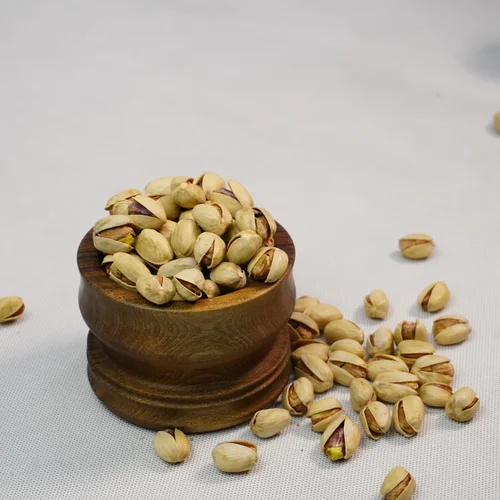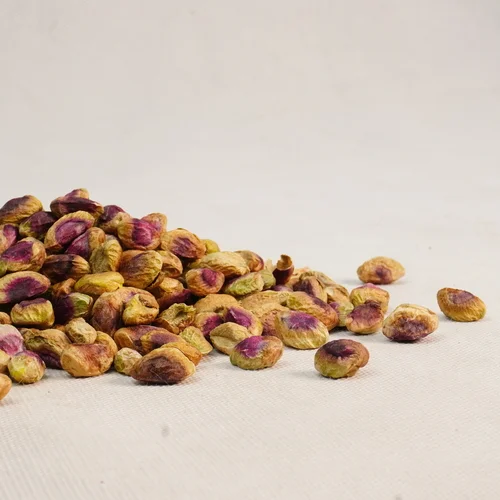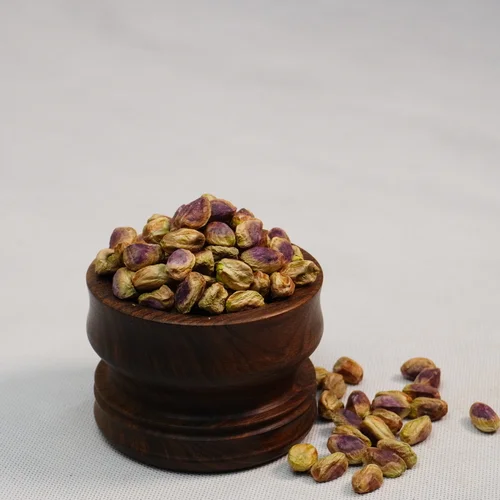How to grow pistachios?
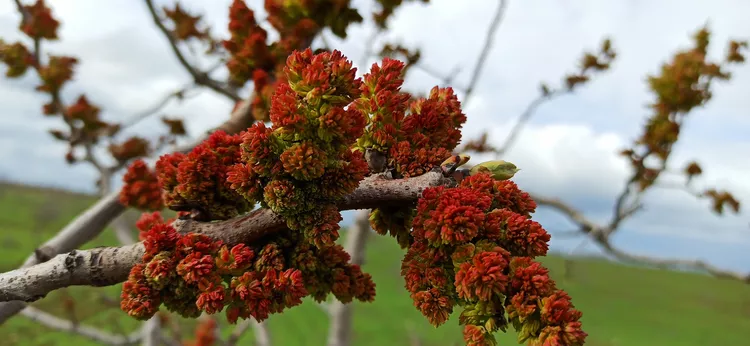
Pistachios are small, slow-growing trees in the cashew family that originally originated in the Middle East and Asia. Iran is believed to be the first country to cultivate them and remains one of the top producers worldwide. To grow pistachios requires technical knowledge for optimal harvest.
Ideal growing conditions
Pistachios are hardy, desert-adapted trees that grow in the following conditions:
- Arid or semi-arid climate with low humidity
- Full sunlight exposure
- Well-drained soil to prevent waterlogging
- Warm summers and cold (but not freezing) winters, temperature tolerance from -10°C to 48°C
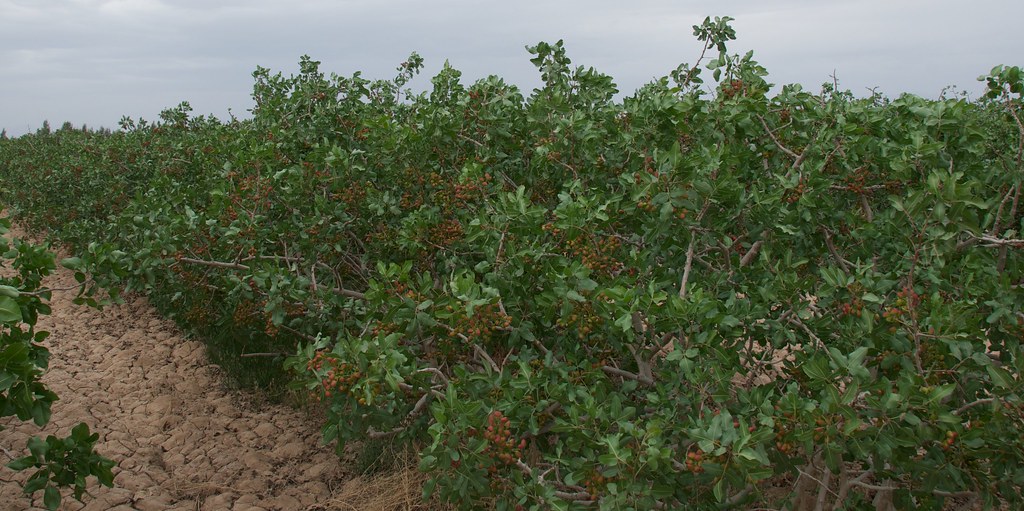
Planting
- Use raw pistachio kernels, such as the Iranian almond variety.
- Soak the seeds in water for 1 to 2 days.
- Keep the seeds in a damp cotton ball in a warm (20-30°C) and humid place until they germinate (about 1 week).
- Transplant seedlings in early spring, protect them from animals, and water every 6 to 10 days.
Hybridization
- Start grafting after 2 years.
- Prune branches in winter; new branches will appear in spring.
- Graft branches from other pistachio species in early summer, depending on local conditions.
- The first fruits appear after approximately 2 years, but it takes 10 to 15 years to reach commercial production.
- Pistachios fruit intermittently, so heavy crops are produced every other year.
- Fertilize in winter using natural or chemical fertilizers.
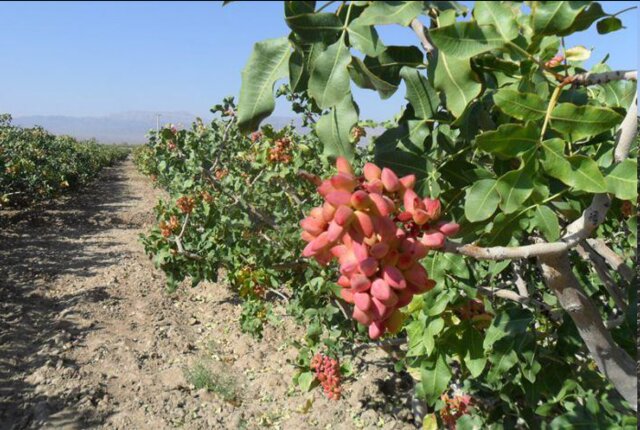
Pollination
Pistachio is a dioecious plant (male and female trees)
- The wind carries pollen from male plants to female plants.
- Plant one male tree for every 10 to 15 female trees.
Irrigation
Although pistachios are drought tolerant, they require water to perform well:
- Water young trees 8 times in the first season; mature trees 4 to 6 times per growing season.
- Use flume systems, electric pumps, or drip irrigation.
- Requires maximum water during flowering and mid-summer; requires less water in winter.
- To prevent aflatoxin and pests, avoid watering for two weeks before harvest.
Lifespan and performance
- Pistachio trees can live 100 to 300 years.
- Fruit production begins at 7–10 years of age and peaks after 15 years of age.
Conclusion
Pistachios require careful attention to climate, soil, pollination, and irrigation. With proper care, a high-quality, long-lasting crop can be produced. Further studies are recommended for deeper cultivation techniques, especially for Iranian varieties.
Source: Hiva Nuts


